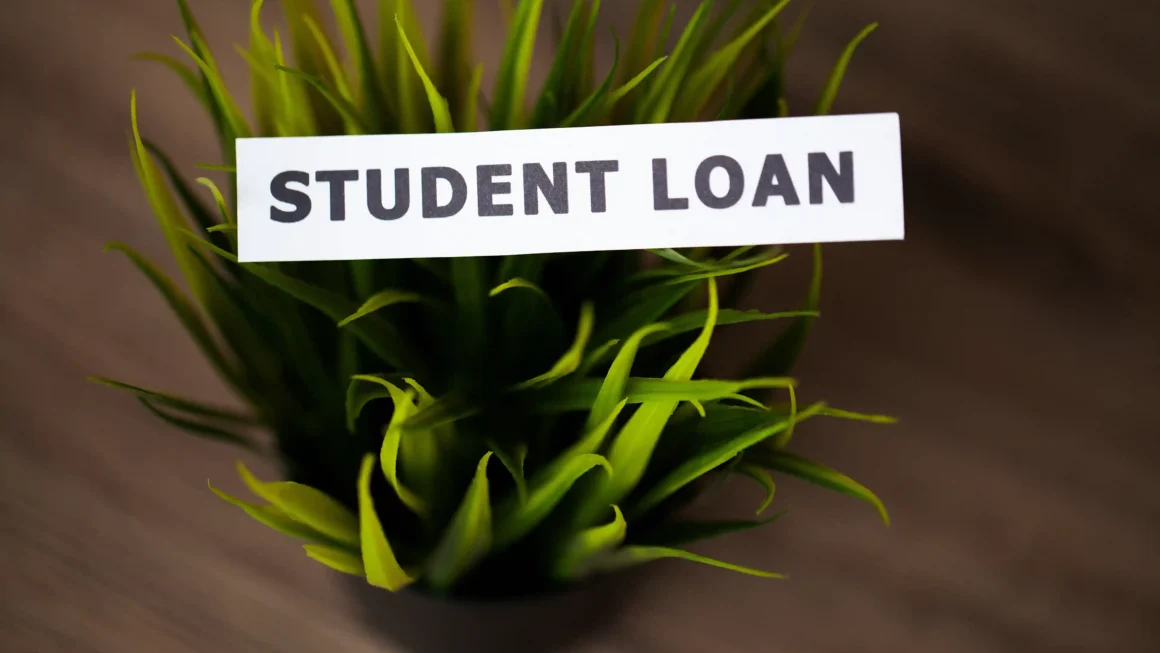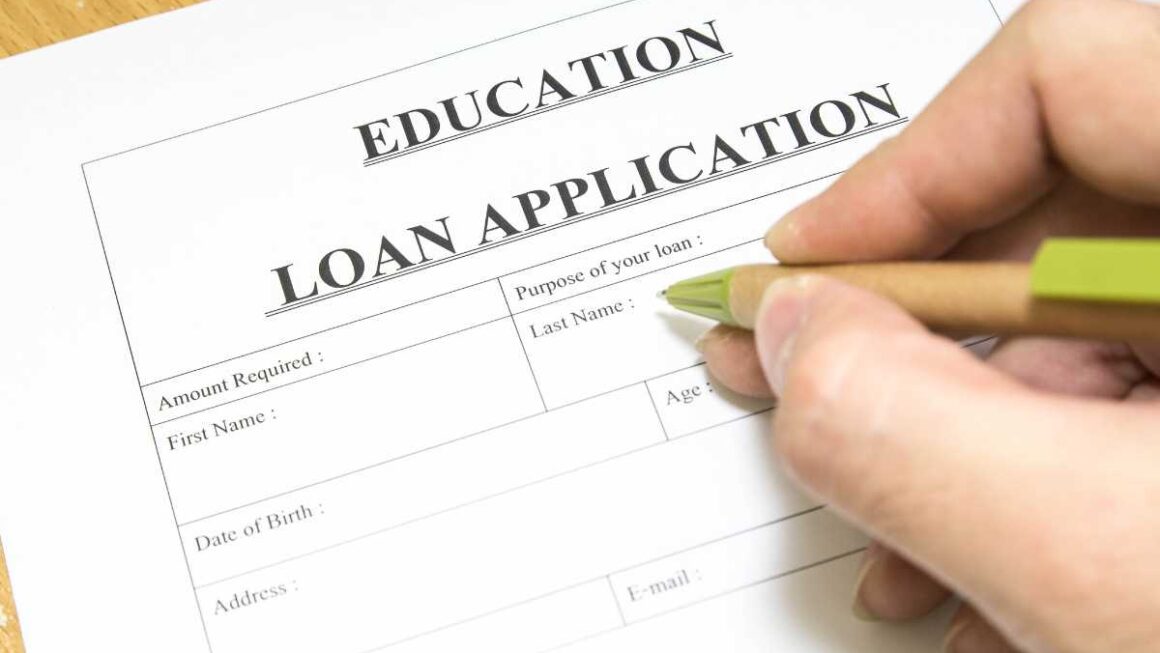Education is one of the most valuable investments you can make, but the rising cost of tuition, living expenses, and other fees can make it difficult for many students to afford quality schooling. In 2025, securing the best loan for education can make all the difference in easing financial burdens and paving the way for a brighter future.
This article will guide you step-by-step through the process of getting the best education loan in 2025, including understanding different loan options, eligibility criteria, interest rates, government schemes, and practical tips for approval. We will also answer the most frequently asked questions to help you make informed decisions.
Key Takeaways
- Compare multiple lenders and loan products before deciding.
- Utilize government schemes to reduce interest costs.
- Maintain a strong credit profile for better terms.
- Plan your repayment and apply early.
- Keep documentation accurate and complete to avoid delays.
Understanding Education Loans: What Are They?

An education loan is a specialized financial product designed to help students cover the cost of their education. Unlike personal loans or credit cards, education loans are tailored to the unique needs of students and come with specific features that accommodate the academic calendar, future earning potential, and financial constraints of students.
What Does an Education Loan Cover?
Education loans typically cover a wide range of expenses related to your education, including but not limited to:
Tuition fees: The primary expense, which includes course fees charged by the educational institution.
Books and Study Materials: Costs related to textbooks, reference materials, stationery, and digital resources.
Accommodation: Hostel fees or rent for off-campus housing.
Living Expenses: Food, transportation, utilities, and other day-to-day costs while studying.
Travel Expenses: Travel to and from your place of study, including airfare if you’re studying abroad.
Examination and Admission Fees: Costs associated with entrance exams, application fees, and university registration.
Equipment: Necessary tools like laptops, software, lab equipment, or uniforms depending on the course.
How Education Loans Differ from Other Loans
Lower Interest Rates:
Education loans often have interest rates significantly lower than personal loans or credit cards. This is because lenders recognize that students have limited earning capacity during their studies and want to encourage higher education.
Flexible Repayment Options:
Most education loans offer a moratorium period, meaning you don’t have to start repaying the loan immediately. Typically, repayment begins after the course is completed or after a grace period of 6 to 12 months, allowing students time to find employment.
Longer Tenure:
Education loans generally have longer repayment tenures, sometimes extending up to 15 years. This allows borrowers to pay back in smaller, manageable installments.
Collateral and Security:
Depending on the loan amount, education loans can be either secured (requiring collateral such as property or fixed deposits) or unsecured (no collateral). For smaller amounts, unsecured loans are common, especially for government-backed schemes.
Co-Applicant Requirement:
Most education loans require a co-applicant, usually a parent or guardian, who shares responsibility for repayment. This reduces the risk for lenders and increases the chances of loan approval.
Government Subsidies and Schemes:
Many countries offer government-backed education loans or subsidies that reduce the effective interest rate or provide interest waivers during the moratorium period. These schemes aim to promote higher education and ease the financial burden on students.
Who Can Apply for Education Loans?
Students admitted to recognized educational institutions: You must have an admission offer or proof of enrollment in a university, college, or training institute recognized by the government or relevant authority.
Courses eligible for loans: Loans can be taken for undergraduate, postgraduate, doctoral, diploma, vocational, and professional courses in various fields such as engineering, medicine, management, arts, law, and more.
Both domestic and international studies: Many lenders provide loans for studies within the home country as well as abroad, although conditions may vary.
Eligibility Criteria
Eligibility varies by lender but commonly includes:
Admission in a recognized course and institution
Age criteria, typically between 18 and 35 years for students
Co-applicant’s income and credit history
Academic record and future earning potential may also be considered
How Does the Loan Disbursement Work?
Education loans are usually disbursed directly to the educational institution in installments based on the fee structure. This ensures that the funds are used strictly for educational purposes. Living expenses or other costs may be disbursed to the student or co-applicant’s account depending on the agreement.
Why Is Choosing the Right Education Loan Important in 2025?
The economic landscape is constantly changing, with inflation and interest rates fluctuating based on global and local conditions. In 2025, the cost of borrowing money is influenced by factors such as:
- Central bank policies and benchmark rates
- Government incentives or subsidies for education
- Competitive financial markets
- Availability of new lending platforms and fintech innovations
Choosing the right loan not only helps reduce the overall cost of borrowing but also ensures manageable repayment schedules without undue financial stress.
Types of Education Loans Available in 2025
a) Government-Backed Loans
Many governments worldwide provide subsidized education loans with lower interest rates, longer moratorium periods, and other benefits. For example:
- India: Public sector banks like SBI offer subsidized loans under schemes such as PMSS (Prime Minister’s Scholarship Scheme) with interest subsidies.
- United States: Federal student loans offer fixed interest rates with income-driven repayment plans.
- UK: Student loans linked to income rather than fixed EMIs.
b) Private Bank Loans
Private banks and NBFCs offer education loans at market rates, often with flexible documentation and faster processing times but usually at higher interest rates than government loans.
c) Fintech & Online Lending Platforms
New-age digital lenders have entered the education loan space, offering hassle-free application processes, instant approvals, and competitive rates tailored to individual profiles.
d) International Student Loans
Specialized loans designed for students studying abroad, sometimes requiring a co-signer or collateral.
Factors to Consider When Choosing the Best Education Loan
Selecting the right education loan is crucial because it impacts your financial health long after your studies are completed. A well-chosen loan can reduce financial stress, ensure smooth repayments, and help you focus on your academic and career goals. Here are the key factors you must consider before deciding on the best education loan in 2025:
1. Interest Rate: Fixed vs. Floating
Interest rates largely determine the overall cost of your loan. There are two main types:
- Fixed Interest Rate: The interest rate remains constant throughout the loan tenure. This offers predictability as your EMI (Equated Monthly Installment) remains unchanged. It’s suitable if you prefer stability and want to avoid surprises if market rates rise.
- Floating Interest Rate: The interest rate fluctuates with the market benchmark (like RBI’s repo rate or LIBOR). If market rates drop, your EMIs may reduce, but if rates rise, you might pay more. Floating rates can sometimes start lower than fixed rates but carry more uncertainty.
Tip: Compare both options and evaluate your risk appetite. Students expecting rising interest rates may prefer fixed rates, while those willing to take calculated risks might opt for floating rates.
2. Processing Fees and Other Charges
Lenders typically charge processing fees, which can range from 0.5% to 2% of the loan amount. Some banks may also levy:
- Prepayment or foreclosure charges
- Late payment penalties
- Documentation or service fees
These charges can add significantly to your loan cost. Look for lenders offering minimal or no processing fees, and check if prepayment penalties apply — it’s beneficial to repay early without extra cost.
3. Loan Tenure
Loan tenure is the duration over which you repay the loan, usually ranging from 5 to 15 years.
- Longer Tenure: Lower monthly EMIs but higher total interest paid.
- Shorter Tenure: Higher EMIs but less total interest burden.
Choosing the right tenure depends on your expected income after graduation and comfort with monthly payments. Some lenders allow flexible tenures or partial prepayments to adjust your loan over time.
4. Moratorium Period
This is the time during which you are not required to make EMI payments, typically covering the study period plus 6-12 months after course completion. Some lenders charge interest during the moratorium (capitalized interest), while others waive interest completely (interest subsidy schemes).
Check carefully whether interest accumulates during this period and how it affects the total repayment amount.
5. Collateral and Security Requirements
Loans above a certain amount (e.g., ₹7.5 lakh in India) usually require collateral such as property, fixed deposits, or a guarantor’s security.
- Secured Loans: Require collateral, generally offer lower interest rates and higher loan amounts.
- Unsecured Loans: No collateral needed but have higher interest rates and lower loan limits.
Assess your ability to provide collateral and weigh the benefits of a lower rate versus the risk involved.
6. Repayment Flexibility
Some loans provide options like:
- Prepayment/Foreclosure: Paying off part or all of the loan early without penalty can save interest.
- EMI Holiday: Temporary pause on EMI payments in case of financial hardship.
- Part Payments: Making additional payments to reduce principal balance.
Flexible repayment options can help you manage your finances better, especially if your income fluctuates.
7. Loan Amount and Eligibility
Evaluate the maximum loan amount offered and ensure it covers your total education cost, including tuition, living expenses, travel, and study materials.
Eligibility factors include:
- Admission to a recognized institution
- Age and course duration
- Income and creditworthiness of co-applicant
- Academic performance and course relevance
Make sure you meet eligibility criteria to avoid application rejections.
8. Disbursement Process
Most lenders disburse education loans in installments directly to the institution, based on the fee schedule. This ensures funds are used for the intended purpose. Check how often and quickly funds are released — delayed disbursement can affect your admission or course continuation.
9. Customer Service and Support
Good customer support can make loan management easier. Look for lenders with:
- Transparent communication
- Easy access to loan statements
- Online account management portals
- Quick resolution of queries and complaints
Reading customer reviews can help gauge service quality.
10. Additional Benefits
Some lenders offer value-added benefits such as:
- Insurance coverage: Loan protection or life insurance covering repayment in case of unfortunate events.
- Loan top-ups: Option to increase the loan amount later if needed.
- Interest subsidies: Special schemes for women, minorities, or economically weaker sections.
Factor these extras into your decision to maximize benefits.
Step-by-Step Guide to Getting the Best Education Loan in 2025
Step 1: Assess Your Financial Needs
Calculate your total educational expenses including tuition, living, travel, and miscellaneous costs.
Step 2: Check Your Eligibility
Review the income, age, admission status, and collateral criteria from your preferred lenders.
Step 3: Compare Loan Offers
Use online platforms to compare interest rates, fees, tenure, and benefits.
Step 4: Prepare Your Documents
Typically includes admission letter, fee structure, identity proof, income proof of co-applicant, and collateral documents if needed.
Step 5: Apply Early
Apply 1-2 months before the academic session to avoid delays.
Step 6: Negotiate Terms
Request waivers or reduced fees wherever possible.
Step 7: Understand the Fine Print
Go through the loan agreement carefully before signing.
Government Schemes and Subsidies in 2025

Governments worldwide continue to promote education through loan subsidies, interest waivers, and special schemes for underprivileged or meritorious students. Be sure to check eligibility for these schemes to maximize benefits.
Tips to Improve Your Loan Approval Chances
- Have a creditworthy co-applicant
- Maintain a good credit score
- Provide complete and accurate documents
- Choose a reputable lender
- Show clear repayment capacity
Also Read :-How Can You Get A Study Loan with Low Interest?
Conclusion
Choosing the best education loan in 2025 is about more than just interest rates. It requires a strategic approach—understanding your needs, comparing options, leveraging government benefits, and preparing a strong application. With the right loan, you can focus on your studies without financial worries, setting the stage for a successful career.
8. FAQs (Frequently Asked Questions)
Q1. What is the usual interest rate on education loans in 2025?
Interest rates vary by country and lender but generally range from 7% to 14% annually.
Q2. Can I get an education loan without collateral?
Yes, for loans up to certain limits (e.g., ₹7.5 lakh in India), unsecured loans are possible.
Q3. What is the moratorium period?
It’s the period during which you don’t need to pay EMIs, typically your course duration plus 6-12 months after.
Q4. Can international students get education loans easily?
Yes, but often require a co-applicant or collateral and may have higher interest rates.
Q5. How long does loan approval take?
It can vary from a few days to a few weeks depending on lender and documentation.
Q6. Can I repay my education loan early?
Most lenders allow prepayment without penalties, reducing overall interest burden.
Q7. Are there income-based repayment options?
Some government-backed loans provide repayment options based on your future income.



